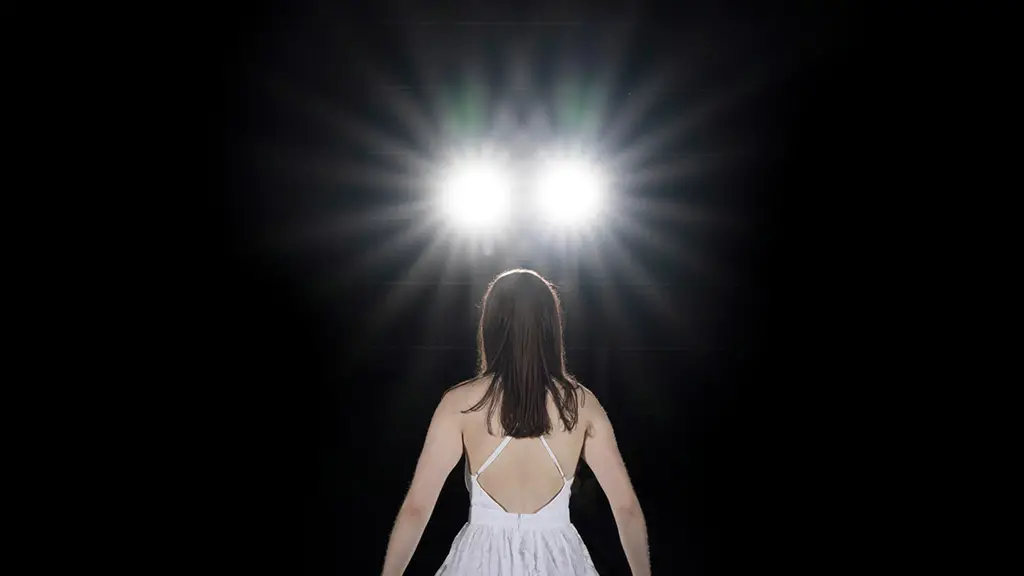 How Practical Aesthetics Bridges the Gap
How Practical Aesthetics Bridges the Gap In the world of acting, practical aesthetics is a technique that has gained popularity for its focus on the character’s objectives and actions. As you delve deeper into this approach, you’ll discover how it emphasizes a grounded, authentic performance.
Contents showDeveloped by playwright David Mamet and actor William H. Macy, practical aesthetics is built upon the belief that an actor’s primary job is to fulfill the intentions of the playwright. By concentrating on your character’s motivations and objectives, you’ll find yourself more immersed in the role and able to connect with your audience.
Throughout your exploration of practical aesthetics, remember that simplicity is key. By following the Four Steps—Literal, Want, Essential Action, and As If—you can move beyond the surface of your role, tapping into deeper emotions to create a captivating performance.
As an actor, you may know that Konstantin Stanislavski revolutionized theater with his acting system in the early 20th century. He believed that actors needed to access their emotions naturally, allowing audiences to connect with the performance more deeply. His system focuses on what an actor can control: their own emotional response and objectives within the scene.
Practical Aesthetics, developed by David Mamet and William H. Macy, is a modern acting technique rooted in Stanislavski’s teachings. It emphasizes simplicity, truth, and moment-to-moment realism by utilizing the actor’s intellect.
As an acting student, immerse yourself in this technique to hone your craft. As you learn, you’ll discover that Practical Aesthetics champions uncluttered, streamlined processes to engage your character’s emotions and objectives without overthinking or unnecessary elements.
In summary, Practical Aesthetics borrows key elements from Stanislavski’s System, bestowing upon you the tools to deliver truthful, engaging performances that resonate with contemporary audiences.
To master practical aesthetics, you need to analyze your script thoroughly. Focus on understanding the character’s motivations and objectives—this will help you convey a realistic performance that engages the audience.
Your actions and objectives form the foundation of your performance. Define clear objectives for your character and identify actions to achieve them. This approach ensures that your acting remains purposeful and connected to the story.
The ‘As If’ concept allows you to draw parallels between your own experiences and those of your character. You can deliver a more authentic and immersive performance by relating to the character’s emotions and circumstances.
Repetition is crucial for refining your acting skills in practical aesthetics. Repeatedly rehearsing your scenes helps you internalize the character’s actions and objectives, leading to a more convincing portrayal on stage or screen.
As an actor or writer, you might be familiar with the different approaches to acting techniques. Practical Aesthetics aims to establish a strong connection between the actor and the writer, enhancing their relationship and serving the story. Let’s dive into how this technique achieves that and why staying true to the script is essential.
 How Practical Aesthetics Bridges the Gap
How Practical Aesthetics Bridges the Gap Practical Aesthetics is founded on the idea that the actor and the writer are crucial collaborators. Focusing on the character’s objective and breaking down a scene into small units called “beats” provides a manageable structure for actors to explore.
This approach emphasizes the importance of understanding the writer’s intentions and connecting with their story.
When employing this technique, you’ll find it easier to bring the character to life while honoring the writer’s original vision. Concentrating on the character’s goals and actions will create authentic, engaging performances that resonate with the audience.
When applying the Practical Aesthetics technique, the script takes center stage. As an actor, you must remain faithful to the text and respect the writer’s intentions—this means avoiding unnecessary improvisation because it might not serve the story or help achieve the desired outcome.
By respecting the script, you can:
In summary, understanding the unique relationship between the actor and the writer is essential when utilizing Practical Aesthetics. With this technique, you’ll build a strong foundation that enables you to deliver captivating and authentic performances.
As an actor, it’s essential to continuously develop your skills and explore various acting techniques. In this section, we’ll delve into a few other approaches that can complement your practical aesthetics training and enhance your overall versatility as a performer.
Developed by Michael Chekhov, this technique emphasizes the connection between the actor’s mind and body. You can unlock new insights into your character by exploring gestures, movements, and physical sensations. Incorporate exercises such as:
Experiment with these exercises to deepen your understanding of your character and strengthen your physical presence on stage.
Method acting, inspired by Stanislavski and developed by Lee Strasberg, involves immersing yourself into your character’s emotional world.
Combining these techniques with practical aesthetics can intensify your emotional performances and add depth to your character.
Understanding the four types of acting—realism, non-realism, representational, and presentational—can guide you in selecting roles that best showcase your abilities. Realism and non-realism focus on believable emotions and surreal movements, respectively, while representational and presentational divide the audience’s engagement.
Here’s a brief overview:
| Type | Description |
| Realism | Portray characters and emotions in a believable, lifelike manner |
| Non-realism | Depict characters and situations through more abstract or stylized methods |
| Representational | Pretend the audience isn’t present, creating an illusion of reality. |
| Presentational | Acknowledge the audience’s presence and engage with them directly. |

Exploring and experimenting with these techniques and types enhances your versatility and adaptability, preparing you for a wider range of roles and performance situations.
As you strive to improve your acting skills, learning the Practical Aesthetics Method is a valuable step. Finding the right place to study this technique is crucial to your growth as an actor. This section guides you in choosing the best schools and workshops and provides tips to ensure you make the right decision.
To begin your exploration, consider these renowned institutions offering Practical Aesthetics courses:
Besides these schools, many workshops and masterclasses led by accomplished actors specifically focus on the technique. Staying informed about upcoming events can help you discover additional opportunities.
As you evaluate your options, keep the following factors in mind:
Your personal preferences, goals, and financial considerations also influence your decision. You’ll find the program that meets your needs by thoroughly researching your options and reflecting on your priorities.
As an actor, you’ve learned that the practical aesthetics acting technique is a powerful approach to enhance your performance on stage or screen. You can create authentic and engaging portrayals by focusing on your character’s objectives and actions.
Remember to apply the four key principles of practical aesthetics: script analysis, as-if, basic action, and moment-to-moment work. These principles will not only help you to connect with your character but also to respond naturally and dynamically to your fellow actors.
With consistent practice and dedication to this technique, you’re on your way to elevating your craft and becoming a more versatile and captivating performer. Keep exploring and experimenting with practical aesthetics, and watch as your acting skills reach new heights.
In Practical Aesthetics, you focus on the character’s objective and break down the text into actionable units. Unlike techniques such as Method acting, you don’t need to delve into your personal emotions to create a believable performance. It’s more analytical and less introspective.
Yes, many actors find success in combining Practical Aesthetics with other acting techniques. It’s flexible, allowing you to adapt and discover what works best for you. Experimenting with different methods can enhance your overall performance skills.
Practical Aesthetics is suitable for all acting levels—beginners included. It’s an approachable technique that offers a clear structure for tackling scenes, and you’ll find it blends well with more advanced techniques as you develop your acting skills.
Several successful actors have used Practical Aesthetics, including William H. Macy, and Felicity Huffman. They’ve all trained at the Atlantic Theater Company, co-founded by Macy and playwright David Mamet, who developed this technique.
Mastering Practical Aesthetics, like any acting technique, takes time and dedication. It varies from person to person, but consistent practice and training can help improve your skills. Remember, even the most experienced actors continually work on their craft.